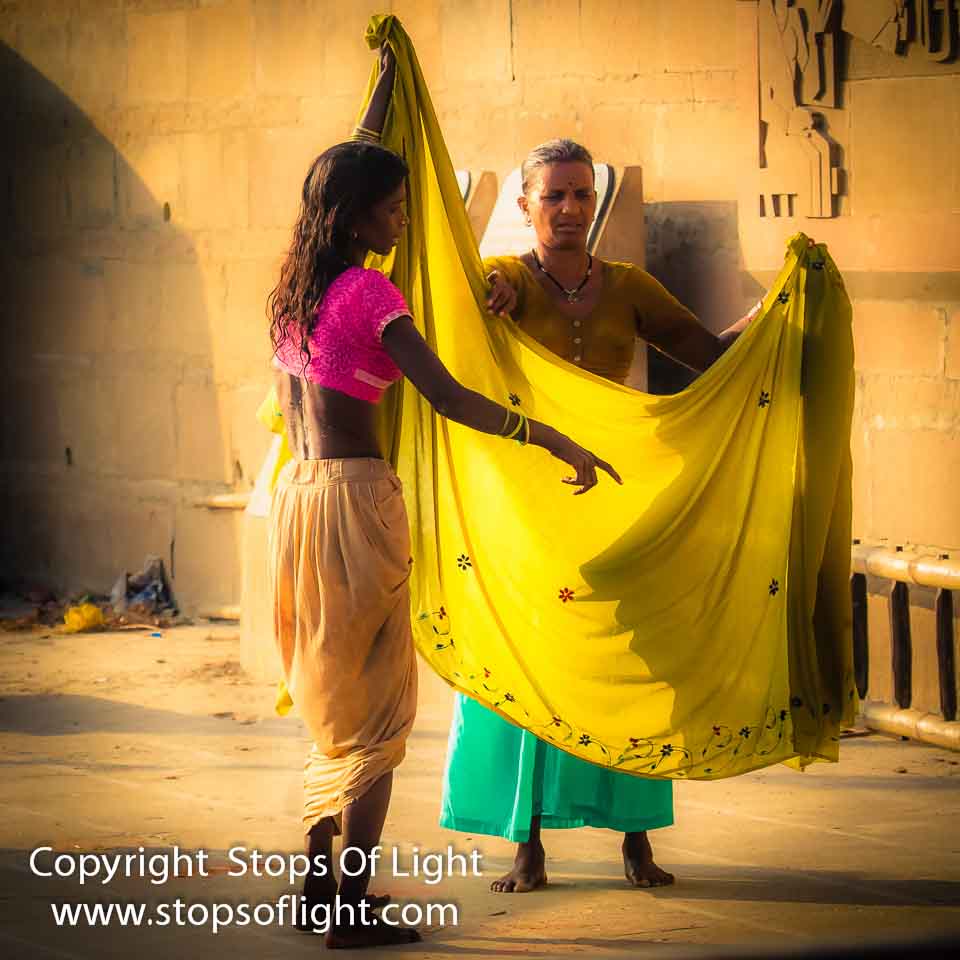I sit down to write this after reading what Pushkar Bagmar – one of the participants who attended today’s workshop on seeing – wrote in to say:
“Am yet to get over the hangover of the “Art of seeing” session, Neville. It feels like I learned the very soul of photography…”
Thanks are due to Pushkar for his kind words. They are a source of both encouragement as well as one of a sense of accomplishment. Accomplishment not from an egotistical point of view, but of satisfaction that I – as a teacher – have been able to accomplish what I set out to do: effectively communicate the essence of what I set out to teach, as well as having played a role in kindling a flame in the hearts and minds of those who may in turn choose to further feed the proverbial flame for themselves. In my opinion, there can be no greater satisfaction for a teacher than to see that happen. So, thanks once again Pushkar!
That being said, Pushkar’s words got me thinking. “The soul of photography”… just what is it? Many a photographer will instantly shoot back with an answer stating that it’s Light; that without light a photograph would not be possible, and that it’s light which really is what it’s all about.
Yes, light plays an extremely vital role in photography, but in my opinion it’s not the soul at the end of the day.
I think that Light is to a photograph what a beating heart is to life; without it, an image is dead – just a blank canvas. But if we take this analogy a bit further, while a beating heart is a sign that an organism is clinically alive, it is not a sign that the organism is consciously alive.
A thing is only truly alive when it’s soul is there – and I when I say soul, I don’t mean anything esoteric, I rather refer to that which makes that organism uniquely that – it’s very sense of being, it’s essence. Without that essence – without that sense of being – and oh, it is so apt in this context – “the lights may be on, but there’s nobody at home.”
That is spelled “Being clinically alive but brain-dead”
Isn’t this true of many a photograph too? Great lighting, same time of day, same conditions, same location, yet one photograph made has “a soul”, while another leaves you thinking “hmm… what’s this about”? Ergo, it’s not Light which is the soul of a photograph – it’s not it’s very essence.
What do I mean when I refer to the soul or essence of a photograph. It’s akin to the soul or essence of any sentient being you’re lucky to get a fleeting glimpse of. One look and you know what makes that person what he or she is. You know what they’re all about. You know what makes them tick. You know their longings, their fears, their hopes, their joys, their sorrows at the very moment their essence revealed itself.
It’s the very same thing with a photograph- one glimpse at it, and it (should) grabs you by the throat and in doing so reveals a lot (if not everything) about itself at that very moment, makes you pause to investigate it further, leaves you with no confusion about what it is about at the end of the day… then and only then can we say that the photograph has a soul, that is has an essence about it, an essence that has revealed itself to the viewer when he or she sees it. Without this essence, the lights are on, but there’s nobody at home.
A photograph is a very tiny window through which we as photographers must strive to communicate the essence of the larger body of the world that was in front of us at the time we tripped the shutter. If the essence of what lay in front of us is in the window that is the photograph, and if we are adept of communicating that, it is only then that the essence will come through via that photograph, it is only then that the photograph has a soul.
Capturing that essence, capturing that soul. That, is Seeing. That is what defines a photograph, and that is what defines the larger discipline that is photography and the visual arts at the end of the day. The heart of the matter. A window to the world – a small one – through which the sense of the entire scene that lay before the photographer is encapsulated via a smaller view.
It is literally – as William Blake put it – “seeing the world in a grain of sand, and heaven in a wild flower, holding infinity in the palm of your hand, and eternity in an hour”.
That is what is the soul of a photograph, that is what is the soul – and purpose – of photography. William Blake, I think, would have made an outstanding photographer!
